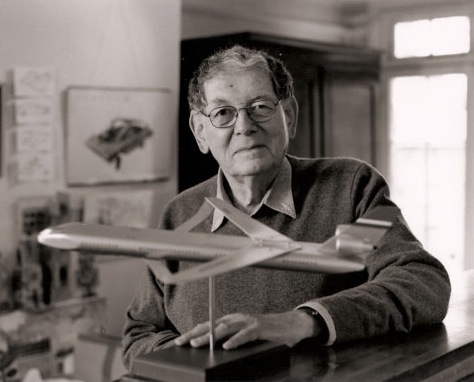Don’t forget the car
The Design Council’s five-year study, Design Industry Insights, Comments and Conversations on the Business of Design in the UK, which was published with Design Week last month (issue dated 25 March), has been met with a general sigh of relief. It shows an industry weathering the recession and generally optimistic about the future.

But legendary automotive designer Tom Karen, who was responsible for the Reliant Scimitar GTE and iconic Raleigh Chopper, has pointed out what he sees as a glaring omission in the report – designing for the car industry.
Responding to Design Industry Insights, which name-checks Ford once when discussing the increase of skilled in-house design teams, Karen has suggested that there should be better communication between bodies like the Design Council and the UK car industry to promote its achievements and raise its profile.
Karen says, ‘The Design Council can be blind to the design of motor cars but studios for car design are much bigger than other industries. That they don’t know about them or talk about them is just incredible.’
An explanation for the ‘prejudice’ against automotive design could be that it, compared to architecture, is a relatively new art form, says Karen. He believes that the rift is historic as in the past the Council for Industrial Design (the Design Council’s previous incarnation) thought that automotive design was ‘styling’ and ‘styling was a dirty word’.
Design Council deputy chief executive David Godber says, ’Having headed up Nissan Design Europe, I am as passionate a champion of automotive design as Tom, and I welcome the debate on the strength of the British automotive design sector. The Design Council is proud to support design across as many sectors as possible, and we focus on promoting its benefits to businesses that don’t use it as well as they might.’
He adds, ’I’m pleased to say that the UK has a vibrant automotive design sector with some of the best design courses and centres of excellence in the world serving the needs of global brands, whose design centres are based here for good reason. And to clarify a point, automotive design studios and designers were absolutely included in the research undertaken – there’s some great content on our website too.’
Karen is also calling for more exhibitions that recognise the relationship between cars and art. When teaching his students at the Royal College, Karen used to take them to study the sculptures of Henry Moore. ‘The form is a soft shape and does exactly the same thing as the body of a motor car.’
He adds, ‘I’ve often asked sculptors “do you see car design as sculpture?” and they look nonplused. But it’s a very complex bit of sculpture and the process is very similar. You develop it and make a clay model at first.’
Karen’s dream is to see the Tate Modern’s turbine hall full of motor cars. He says, ‘It would be very popular with the public and would put car design on the map.’
-
Post a comment




